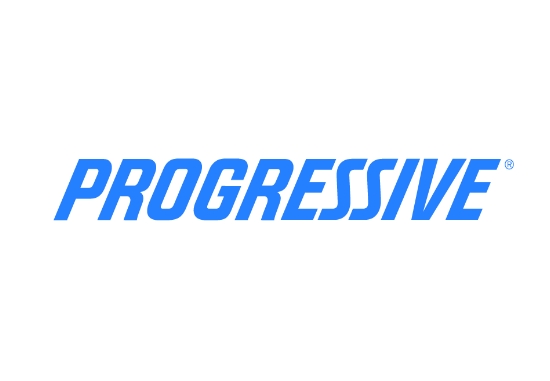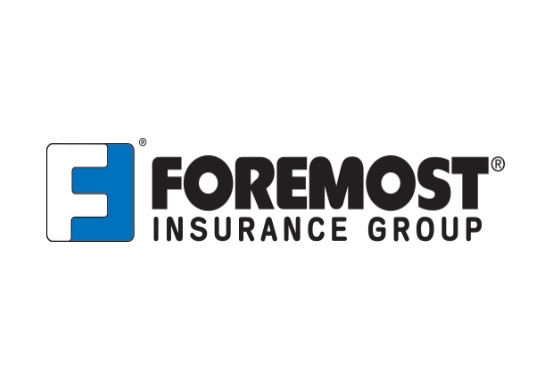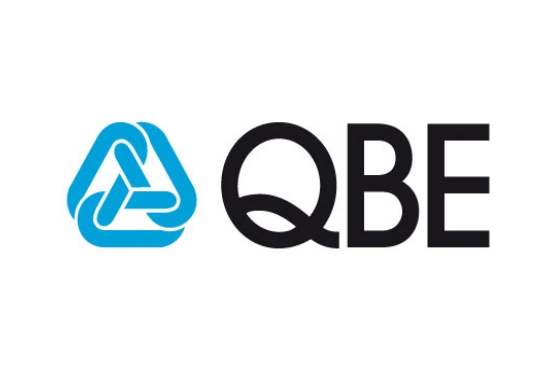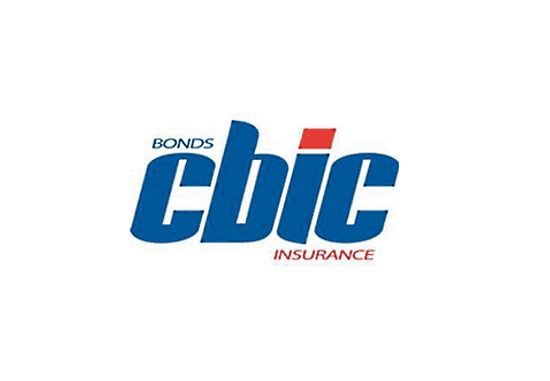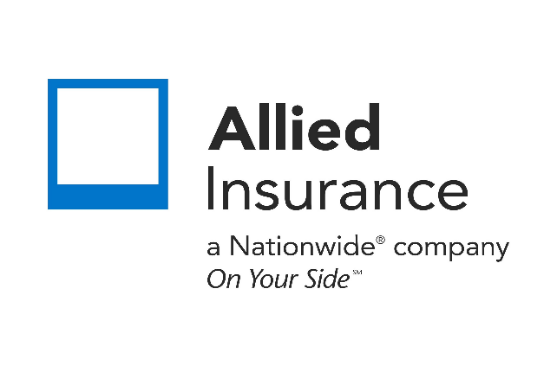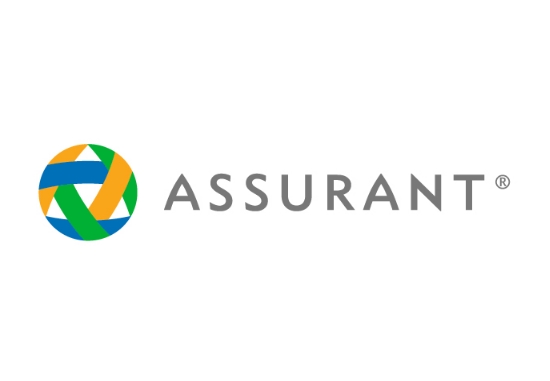Who is liable in strict product liability?
Understanding Strict Product Liability: Who Bears Responsibility in Product-Related Cases
Strict product liability is a legal doctrine that holds manufacturers, distributors, and sellers accountable for defective products that cause harm to consumers. This principle differs from traditional negligence-based liability, as it doesn’t require proof of fault or negligence on the part of the defendant. In this comprehensive guide, we’ll explore the concept of strict product liability, discuss the parties involved, and examine their respective liabilities in product-related cases.
Understanding Strict Product Liability
Definition:
- Strict product liability imposes responsibility on manufacturers, distributors, and retailers for injuries or damages caused by defective products, regardless of fault or negligence.
- This legal doctrine aims to protect consumers by ensuring they can seek compensation for harm resulting from unsafe products without the burden of proving negligence.
Parties Involved: a. Manufacturers: Primary responsibility lies with the manufacturer of the defective product, including designers, producers, and assemblers. b. Distributors: Entities involved in distributing or supplying the product to retailers or consumers may also be held liable under strict product liability. c. Retailers: Sellers or retailers who sell the defective product to consumers can also be subject to liability, especially if they played a role in creating the defect or knew about it but failed to warn consumers.
Types of Defects:
- Strict product liability covers three main types of defects: a. Manufacturing Defects: Occur during the production process, making the product different from its intended design and potentially unsafe. b. Design Defects: Inherent flaws in the product’s design that make it unreasonably dangerous, even when manufactured correctly. c. Failure to Warn: Inadequate instructions or warnings about foreseeable risks associated with the product’s use, leading to consumer harm.
Legal Standards:
- Courts typically apply one of two legal standards in strict product liability cases: a. Consumer Expectations Test: Determines if the product’s safety deviates from what an ordinary consumer would reasonably expect. b. Risk-Benefit Analysis: Evaluates the product’s risks against its utility, considering factors such as alternative designs and feasibility of safer designs.
Liabilities in Strict Product Liability
Manufacturer’s Liability:
- Manufacturers bear the primary responsibility for ensuring the safety and quality of their products.
- They may be held liable for damages resulting from manufacturing defects, design defects, or failure to provide adequate warnings.
Distributor and Retailer Liability:
- Distributors and retailers may be liable if they played a role in introducing the defective product into the market or failed to exercise reasonable care in inspecting or selling the product.
Strict product liability is a vital legal principle that holds manufacturers, distributors, and retailers accountable for ensuring the safety of consumer products. By understanding the concept of strict product liability and the liabilities of each party involved, consumers can seek recourse for injuries or damages caused by defective products, promoting greater safety and accountability in the marketplace.
Related Posts
Get a Right Insurance For You
SHARE THIS ARTICLE
We will compare quotes from trusted carriers for you and provide you with the best offer.
Protecting your future with us
Whatever your needs, give us a call, have you been told you can’t insure your risk, been turned down, or simply unhappy with your current insurance? Since 1995 we’ve been providing coverage to our customers, and helping people across United States.


